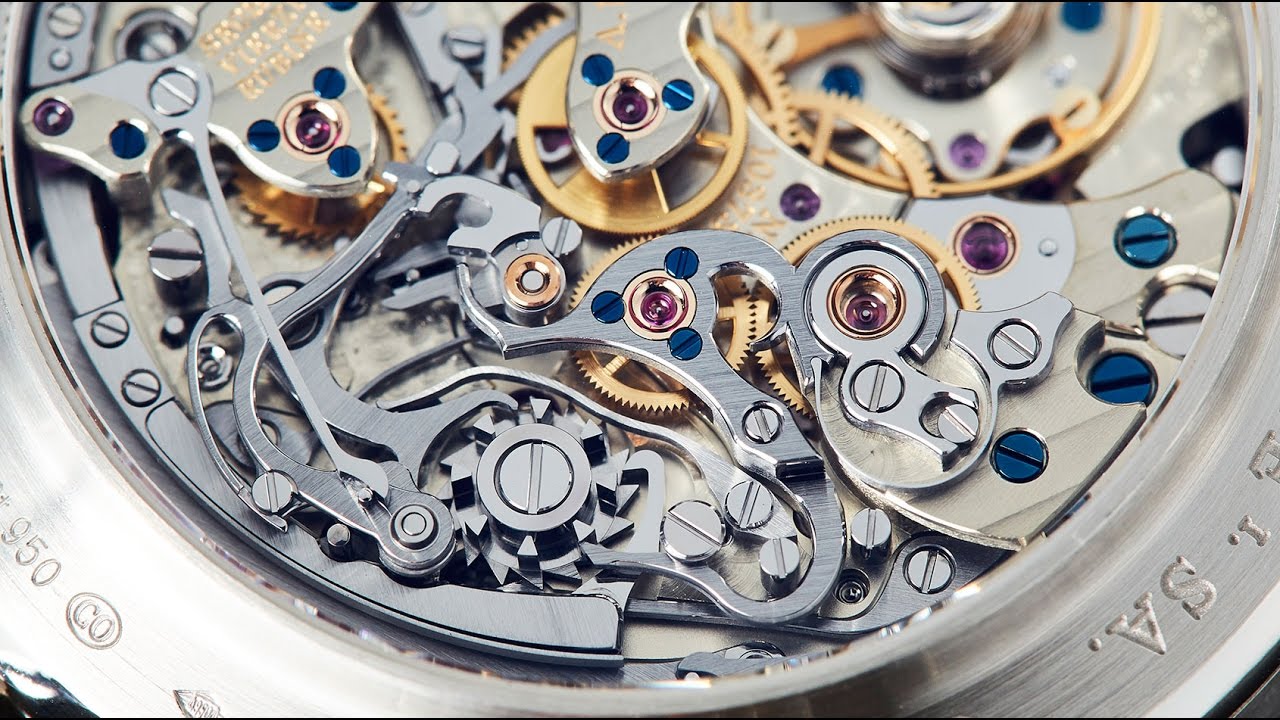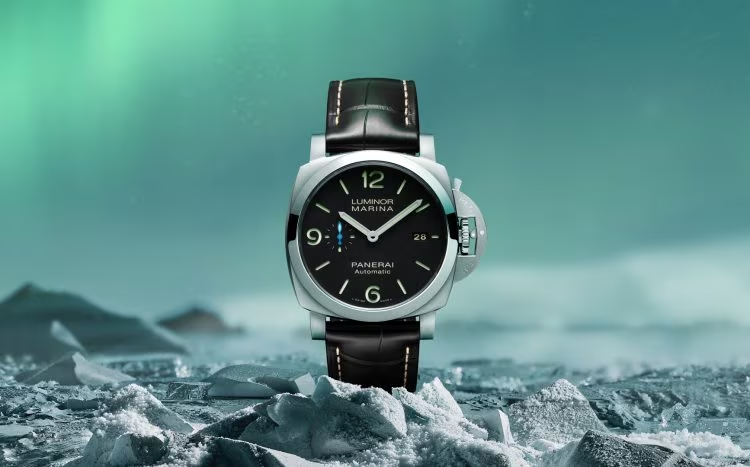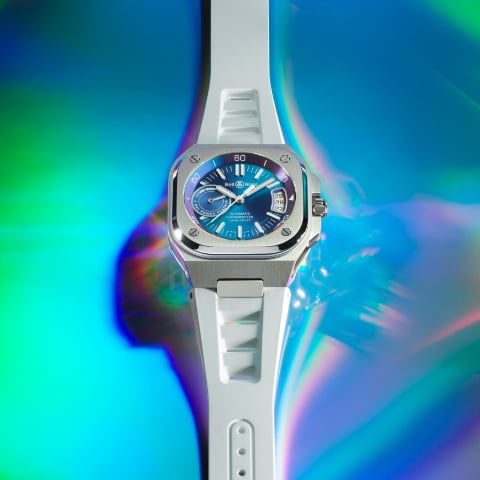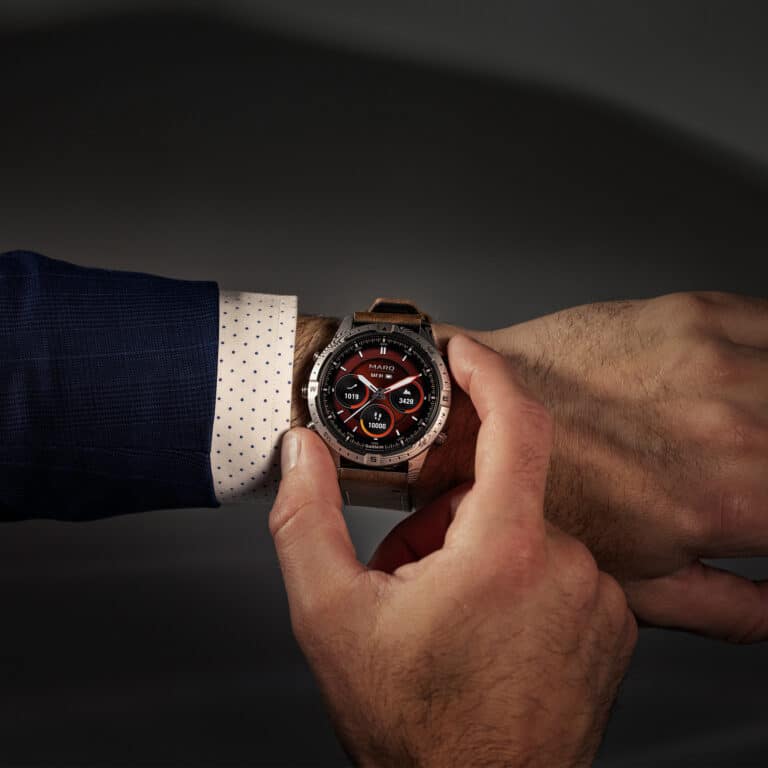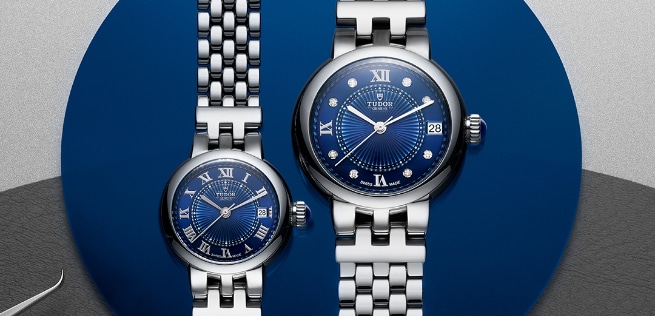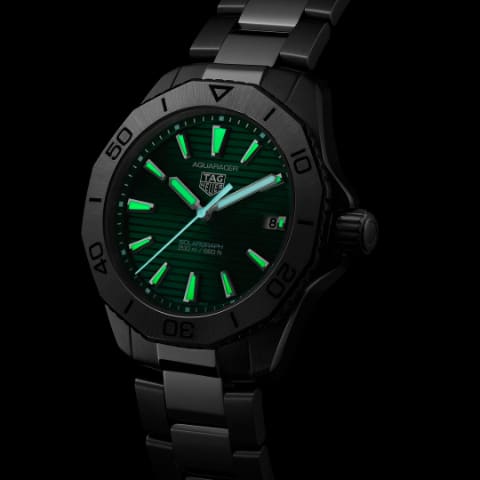If you are someone new to the world of watches, then learning about the different types of watch movements can at first seem a little daunting – so let us make things a little easier for you!
The two most common types of watch movements are quartz and mechanical – with two main sub-types of mechanical (automatic and manual winding).
Quartz Watch Movements
A quartz movement utilises a battery as its power source which works through the use of an electronic oscillator that transmits an electric current through a piece of crystal quartz. This current vibrates at a high speed of around 3,768 times a second until this frequency is released through a small stepping motor and converted into a single pulse every second. The consistent movement of the watch hands is a result of this pulse. One of the most tell-tale signs that a watch is powered by a quartz movement is in the way the seconds hand moves. The hand on a quartz watch tends to have a more abrupt ticking motion compared to a mechanical movement which is usually smoother and sweeps across the dial.
Since quartz movement are generally easy to produce and consist of fewer parts, they are much cheaper to buy and easy to maintain. Many fashion and designer watch brands choose to use quartz movements to keep their prices lower. Quartz movement are also incredibly accurate with the average losing only 1-2 seconds per month.
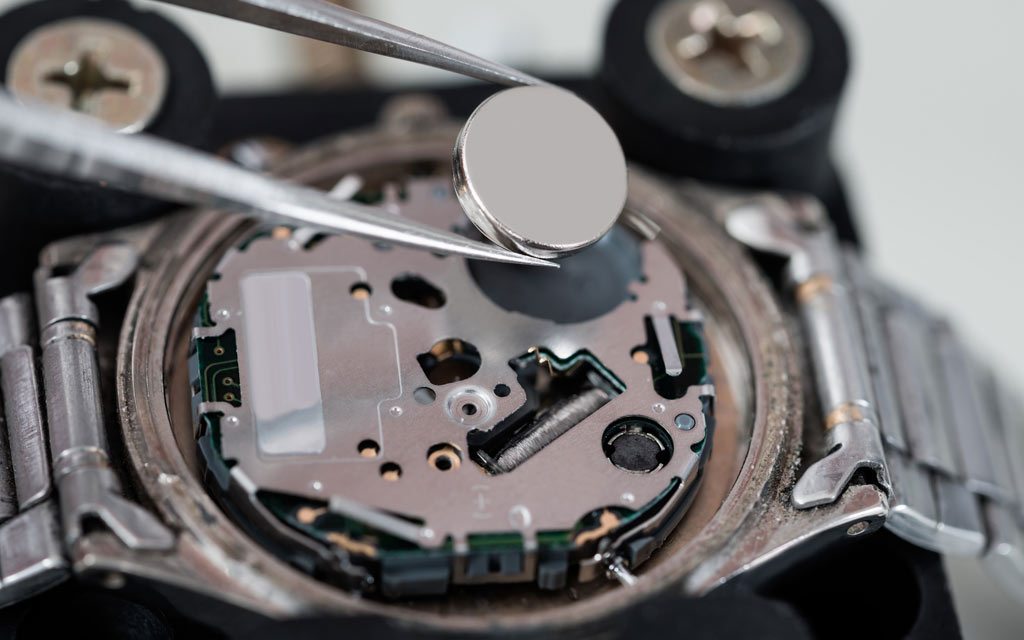
Mechanical Watch Movements
Unlike a quartz watch which is powered by a battery, mechanical watches are powered by a combination of intricate components including something called a mainspring which must be wound up before the movement will work. The spring stores and transfers the energy through a series of gear components including a balance wheel and an escapement, regulating a release of energy to power the watch’s functions.
As we said previously, there are two sub-types of mechanical movements: automatic and manual-winding.
As the name suggests, a manual winding movement must be physically wound by turning the crown. As you turn the crown, the mainspring is charged up to store energy and then unwinds at a limited speed to power the functions on the dial.
In an automatic movement, there is no need to manually turn the crown at all. Instead, the watch is wound automatically through the movement of your wrist. Every time you move, energy is created by the oscillating rotor which spins around and winds the mainspring which then powers the watch’s functions.
